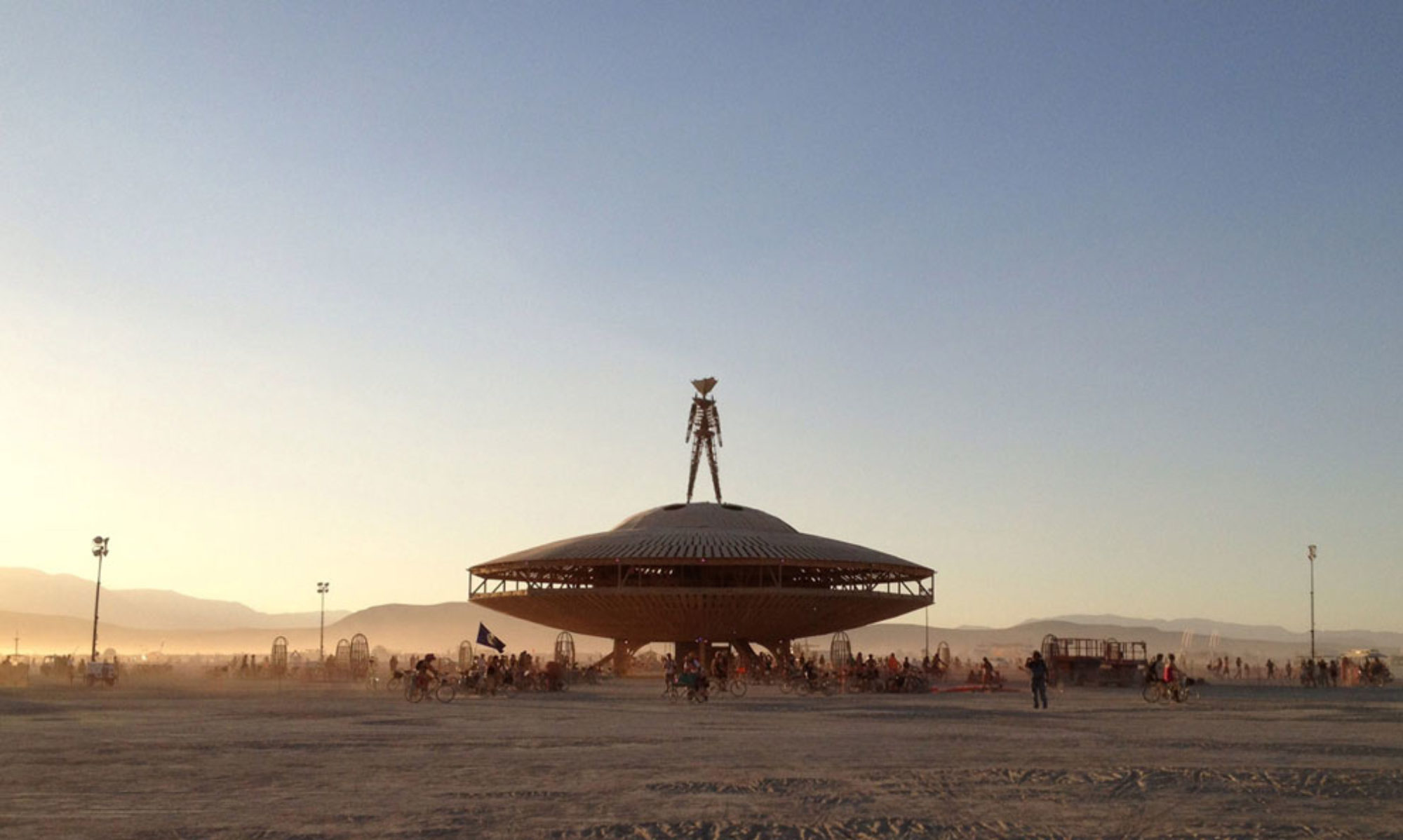Let’s figure out how technologies are going to change the nature of power and of political leverage in the coming period of 3 to 7 years.
Today, we are getting more and more “AI advocates” blow their trumpets from all over about the coming era of cyberpunk and singularity. Yet, if you look around you see that we are far from living in the world featured in Matrix, Back to the Future, or Star Wars.
Yes, indeed, even though some technologies and products have almost come into common use. They range from VR glasses and space flights for anyone to having AI control the Parliament.
Let us see how the available modern technologies are going to transform the nature of power and political leverage in the coming 3 to 7 years.
1. Less Impact on the Operational Level
“Digitalization” of public services eliminates many levels of interaction between a citizen and the state which offsets a human factor in rendering typical services. An obvious advantage of the trend is minimizing corruption in relations between citizens and public officials.
The level of technologies has long become one of the success factors for countries
The problem is about insufficient flexibility in service provision on the early stages of integration, as the systems to be integrated will not be able to account for all possible variables in the beginning (the systems are not going to have operational algorithms for some specific requests).
However, the problem can be solved if you duly build the system feedback and organize the process of change introduction.
2. Power Shift to Architects
Design, development, and integration of any system (from a website for registering residence address to a space rocket) require at least 1 to 5 years. Or more. Key decisions on the functioning mode of the system and its priorities are made on the onset stages of its design. As soon as the system is launched it is hard to change anything on a fundamental level (architecture).
Since our life is getting increasingly more systems like that, and they cover more areas of our life (from mobile phones to complicated systems of e-voting, medicine, etc.), the power is shifting from the operational to the architectural level.
We still have few policy decisions on adopting certain types of architecture but it is getting clear that such issues are going to be strongly politicized in the future, as much will be conditional on them in everyday and long-term development of societies at large.
3. Highly Dependent on External Technologies
Trade wars between the two top global economies (USA and China) showed how reliant the countries are on each other in technological and intellectual terms.
For instance, because of sanctions imposed on a Huawei Chinese company, it was banned from the Android operating system and Qualcomm chips. This almost blocked the business of one of the top three world mobile phone producers.
In the future, the scope of investment into technologies and intellectual property is going to grow even more, thus increasing the inter-dependence of the countries and making it impossible to generate a competitive pool of critical technologies in any one of the states separately.
That is why when developing the policy of balancing the use of external and internal technologies one needs to account for geopolitical risks as it would largely impact the dependence of countries and their elites from external suppliers of IT solutions.
4. Direct and Individual Interaction With Voters
In the past, ‘capital-based’ elites used to interact with voters via local elites, a ramified chain of intermediaries and agents.
A key reason was the need to deal with absolutely different groups of voters, to balance and reflect their interests onto the national policy.
With the advent of machine learning tools, deepfake technologies (AI driven synthesis of the human fake image), and of more individual channels of information delivery (social media), politicians on the national level got hold of efficient tools to interact with their voters directly. It questions the need for the established network of local elites, local opinion leaders, and the like.
It is obvious that in the future such local intermediaries would hardly be wanted. On the other hand, individualization of interaction between national politicians and voters will be getting increasingly more technologized.
Changes in the nature of power and political influence will certainly generate new structures of elites. Resources will be redistributed between social groups. It will induce public unrest.
It can be most vividly seen in the military. There, new technologies have already caused reconsideration and adjustment of all key strategies, tactics, organizational structures, and doctrines. The available robotics and autonomous AI combat control systems can already slow down the pace of decision making and significantly enhance the precision.
Consequently, most of modern weapons become non-competitive.
Can We Keep the Status Quo and the Impact of Power?
The level of technologies has long become one of success factors for countries and nations in global competition. That is why it is impossible to stop the trends of deep integration of technologies into society, or technologization of interaction between politicians and voters.
The only possible solution could be to minimize social turbulence by redistributing power and influence through the efficiently established feedback in national systems under design, and through an individual approach to external systems and technologies implemented.
It is about adapting to local context, and about leadership of governments in promoting technologies.
It would help play equal in technological exchange with other states for the sake of long-term security.
Best regards,

